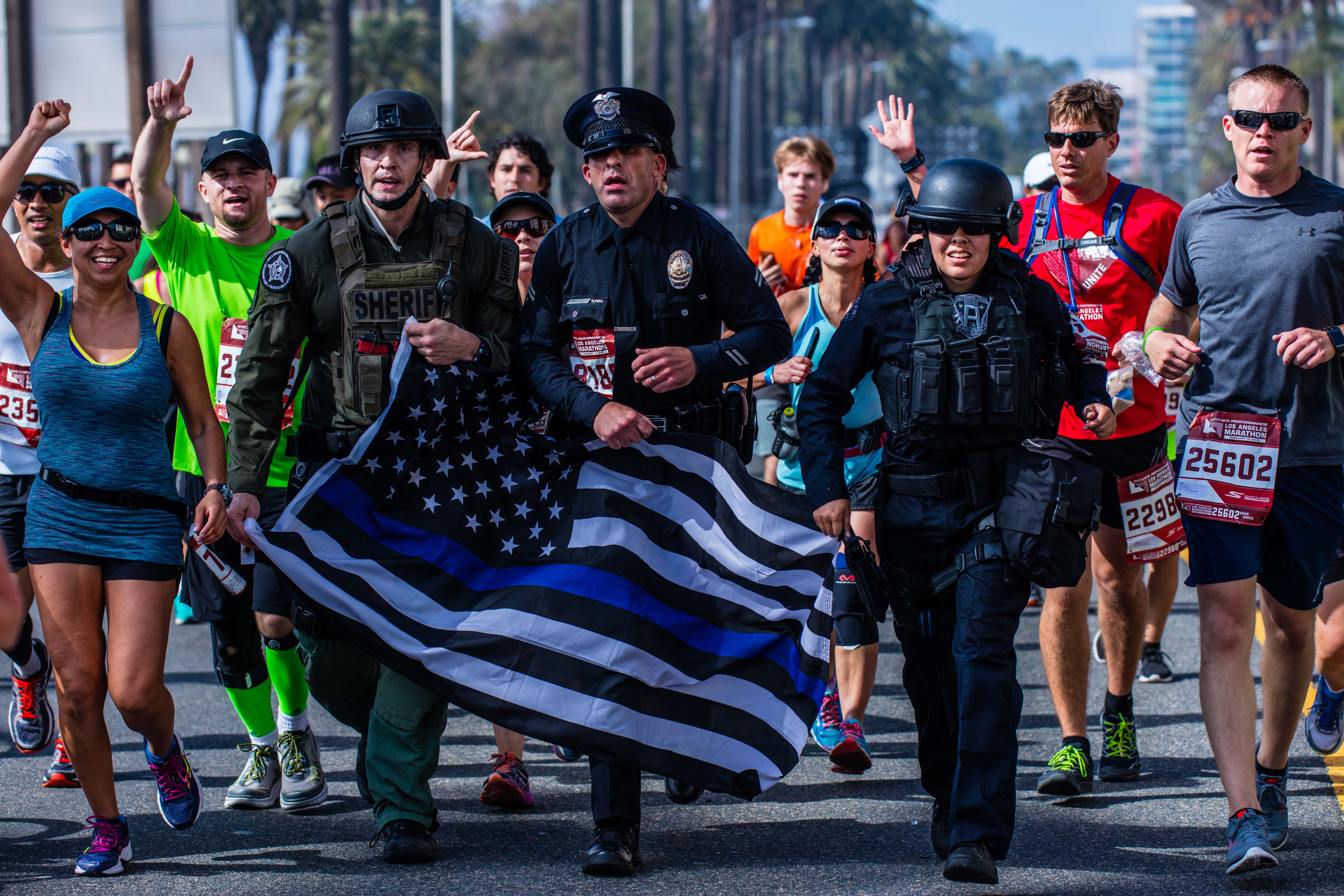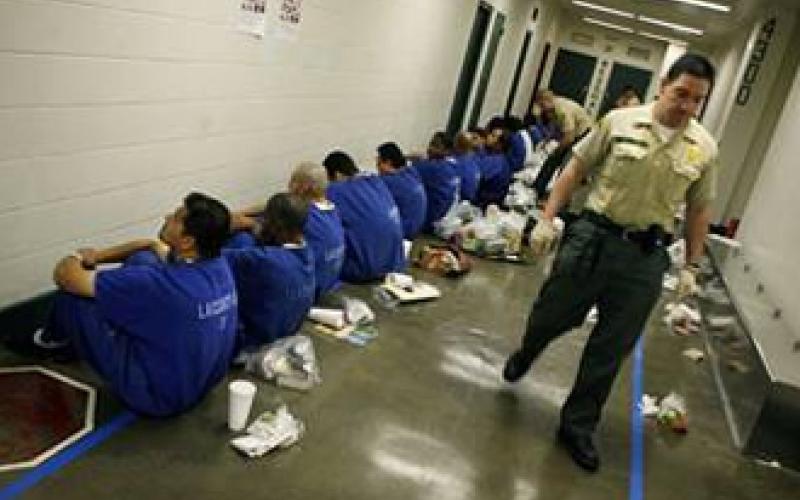Most people I speak with are unaware of the prison realignment plans being implemented by the state of California that disregard the safety of Californians and warrant a prompt reevaluation.
In addition to cuts to local public safety, the state intends to terminate over 840 employees in the Department of Corrections and Rehabilitation’s parole division by September 2013. And according to published reports, the state has also drafted plans to close six prisons.
In a June statewide conference call, State Parole Director Robert Ambroselli told parole agents throughout California that state officials had created a plan to effectively end parole supervision in California by eliminating 80 percent of field staff. The closure of six prisons would come after completion of “parole redirection” and achieving compliance with the U.S. Supreme Court’s prison overcrowding ruling.
Some state officials may be using the Court’s order as a smoke screen for their plans, hoping the public will believe the closures and parole cuts are also part of the Court’s mandate. The ruling ordered a reduction in the inmate population, but it did not mandate that prisons be closed or that inmates be freed without supervision.
It is troubling indeed that state leaders would so readily risk hard-won gains in public safety by essentially eliminating supervision of released inmates and unnecessarily closing six state prisons.
Coupled with the relinquishment of responsibility for felons, the state is now dumping criminals on local law enforcement agencies. Take the case of Lloyd Anthony Holbrook, who had a long criminal history that included assaults, firearms possession and making criminal threats. Under the state’s new prison realignment law and parole programs, Mr. Holbrook was classified as a ‘low-level, non-violent’ offender not requiring parole supervision. Writing for the Los Angeles Times, Andrew Blankstein documented Holbrook’s most recent encounter with law enforcement, an arrest by U.S. marshals who took him in for making terrorist threats after a half-day standoff with LAPD’s SWAT team.
Many were surprised that with a rap sheet like his, Holbrook was not being supervised. Parole agents were not tracking his movements or making sure he complied with his parole conditions. Holbrook is only the latest addition to the growing list of ‘low-level, non-violent’ offenders who, once paroled, turned out to be highly dangerous and harmful to society. Part of the reason this is happening all too often involves the list of 500 criminal code sections responsible for classifying an offender as ‘low-level, non-violent.’
According to the California District Attorneys Associations, more than 20 offenses that most people would consider serious or violent fall into the low-level, non-violent category. Among them are killing or injuring a police officer while resisting arrest, involuntary manslaughter, vehicular manslaughter while intoxicated, participating in a lynching, possession of weapons of mass destruction, possessing explosives, threatening a witness or juror, and using arson or explosives to terrorize a health facility or church.
Los Angeles County District Attorney Steve Cooley summed up the situation when he said realignment casts too wide a net in defining low-level offenses. Sound judgment and common sense are clearly lacking. Virtually all law-abiding Californians would consider these types of crimes anything but trivial. We should expect individuals convicted of these crimes to serve their full terms in prison, not in a county jail. Moreover, most people would want parolees’ movements tracked upon their release and the assurance that authorities are enforcing parolees’ compliance with their parole conditions.
The criminal justice realignment governing incarceration and parole is a bold experiment that has many of us in law enforcement more than concerned about the potential consequences – unintended or otherwise – on public safety. Adjustments will undoubtedly need to be made as we learn from experience, but a good start would be eliminating from the list of criminal code sections those crimes that by no stretch of the imagination can be considered ‘low level, non-violent.’ And because this is a clear matter of the public’s safety, we suggest this be done as soon as possible.
We invite you to share your thoughts by leaving a comment below.











